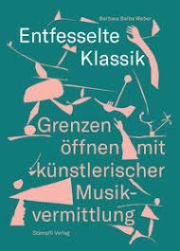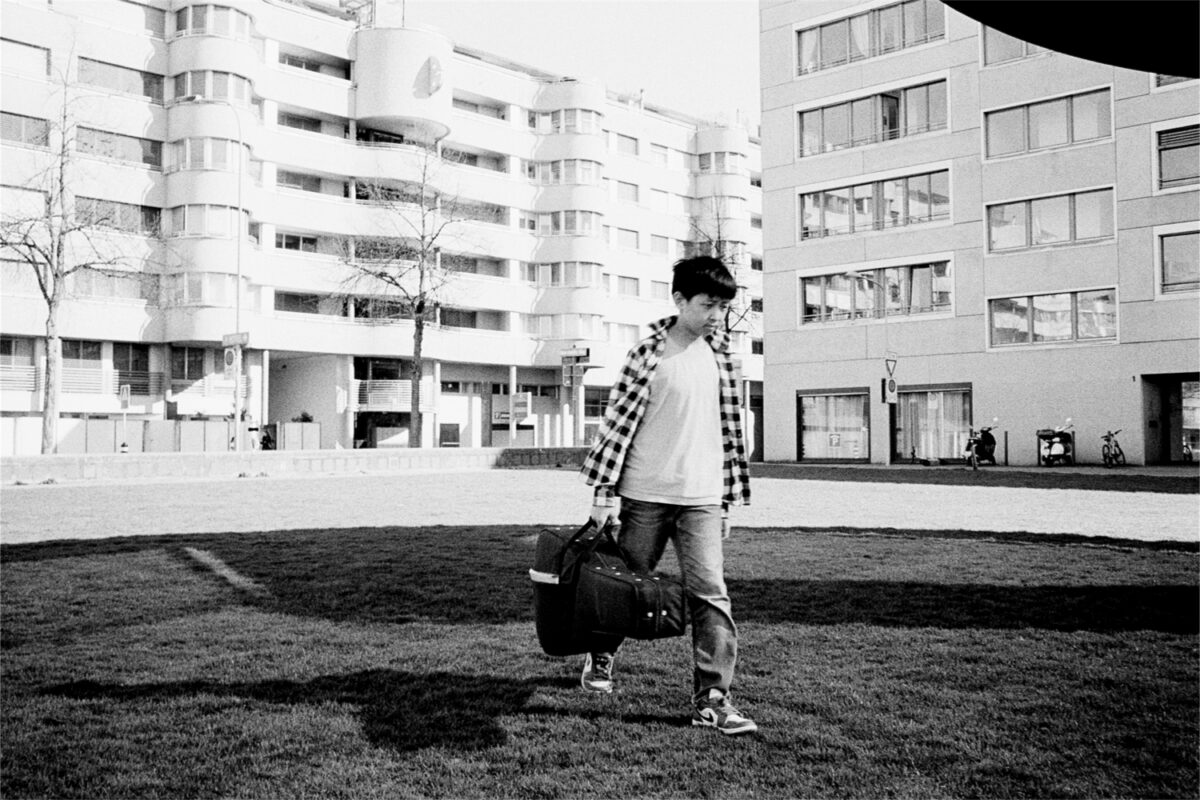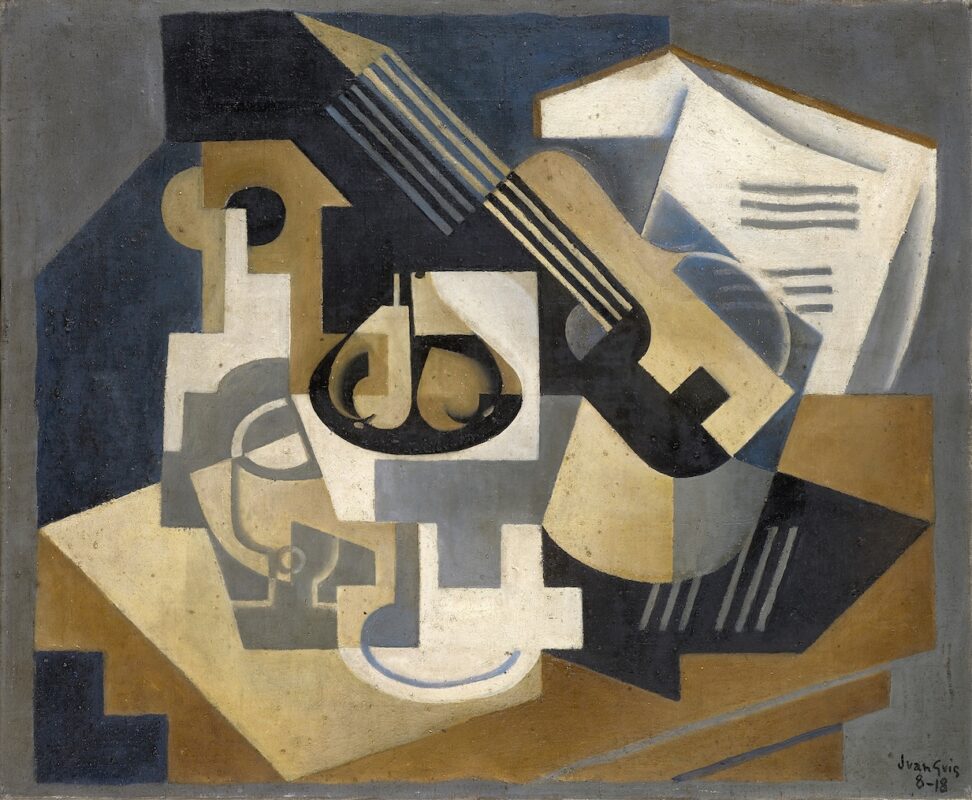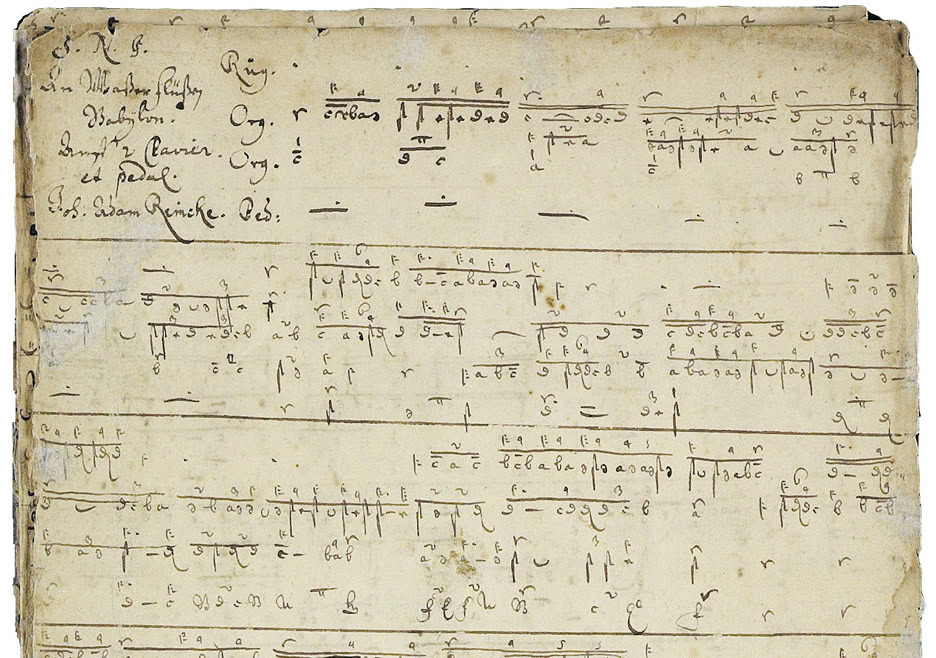Recipes for artistic music education
Green, pink, yellow and white, it jumps out at you, the hot-off-the-press book by the enfant prodige of music education Barbara Balba Weber - her message is just as colorful.
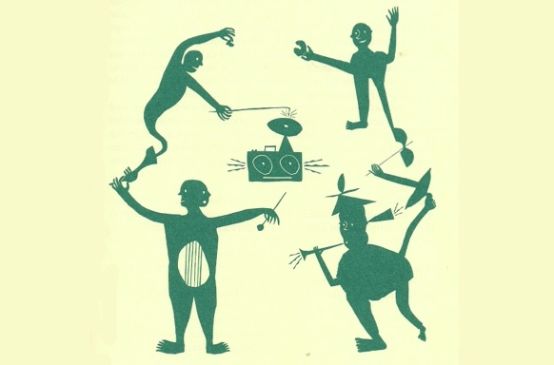
For a long time, music education was intended for young and older children (kindergarten concerts, child-friendly opera adaptations), and later for young people (edu-projects). The aim was to get young people interested in the "right" music in good time, to educate them in good taste and to refresh the blood of the audience. Barbara Balba Weber opens up the focus considerably with artistic music education, dropping both the age barriers and the one-way instruction by expanding the target groups in all directions.
The mediation is "artistic" because it takes place with the help of artistic means. The focus is primarily on classical music, but the principle should also work when applied to other styles. For Weber, the mediation concept includes the involvement of amateurs, professionals and new sections of the population who have not yet come into contact with this genre of music, and she even wants to address "an audience far removed from classical music, auxiliary and cleaning staff". Her seven theses claim to be able to change habitual constants, such as musical templates, the perception of music, concert culture and the gap between professionals and amateurs. Furthermore, artistic music education should not only be able to change people themselves, but also power relations and the system in which they operate. The subversive turning upside down of established conventions and unquestioned traditions, the joyful experimentation with role models, social structures and the functions of music make up Weber's concept.
It requires professional musicians who think in terms of mediation to question themselves, to leave "the safe haven of their core competence", to become amateurs by trying things they may not have done professionally before, such as improvising, arranging, "talking and writing about music" and "acting artistically in psychological and social contexts". Enriched by these pursuits - so the theory goes - "they return to their system to transform it".
In seven exemplary project descriptions derived from her theses, the author provides impulses for her own mediating activities. The boundaries between concert and music theater, between stage and audience become blurred. However, the complex instructions give an idea of why not just anyone with no previous training can act as a mediator. After all, artistic music mediation has now achieved the status of a science and can be studied at the Bern University of the Arts (HKB) - with the author herself - as a performative master's degree. It is even a compulsory subject for all degree courses in classical music, jazz, rhythmics, sound arts, for instrumentalists, singers and composers. In the fall, the HKB will also launch the new two-semester CAS Music education todaya postgraduate course for musicians, dramaturges and cultural mediators (registration deadline: May 31).
Barbara Balba Weber: Entfesselte Klassik - Entfesselte Grenzen öffnen mit künstlerischer Musikvermittlung, 144 p., Fr. 34.00, Stämpfli-Verlag, Bern 2018, ISBN 978-3-7272-6009-4






